The development of cross-border payments not only helps credit institutions expand their customer base, but also promotes cooperation between countries. Recently, with cooperation in many fields, cross-border QR code payment services are also growing strongly.
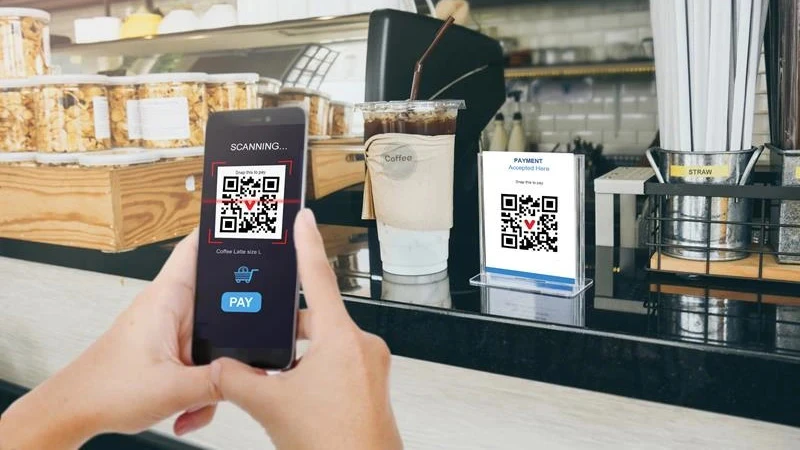 |
VietQR retail payment.
According to the State Bank of Vietnam, cross-border payments is the inevitable expansion of digital financial innovation to keep up with the transaction and payment needs of people and the economy. To date, Vietnam has completed cross-border payment connection via QR code with Thailand, Cambodia and is continuing to deploy with Laos, expected to continue expanding to countries in and outside the ASEAN region. This connection allows people of each country to scan QR codes to pay for goods and services safely and conveniently in these countries right on the Vietnamese banking mobile application and vice versa. To date, Vietnam has completed cross-border payment connections via QR codes with Thailand and Cambodia and is continuing to deploy with Laos, and is expected to continue expanding to countries within and outside the ASEAN region.
Meanwhile, according to credit institutions, the biggest benefit of this new payment channel will be to facilitate customers when traveling and working in other countries. Accordingly, Vietnamese people can make cashless payments on smartphones abroad, which is both convenient and does not worry about losing cards, while also minimizing the risk of fraudulent transactions when making payments. And in fact, cross-border payments are being paid attention to by many countries and cooperation programs are being implemented. In Vietnam in recent years, the National Payment Corporation of Vietnam (NAPAS) has cooperated with banks to expand cross-border QR code payments. Through promoting international cooperation, NAPAS has also officially launched the QR code payment service between Vietnam and Cambodia, thereby continuing to expand the scope of use of Vietnamese payment products and services abroad, bringing a convenient payment ecosystem to people as well as supporting trade activities, trade promotion, and tourism between countries. In the coming time, NAPAS is expected to continue to cooperate with a number of countries to expand the number of Vietnamese banks participating in the service implementation to meet the payment needs of tourists from different countries, strongly promoting cross-border payment connections. Thus, it can be seen that cross-border payment via QR code is one of the convenient solutions for businesses and consumers when making international payment transactions, at the same time, it also creates opportunities for businesses to expand the market and attract international customers through accepting QR code payments from many countries. In addition, experts also assessed that the QR code cross-border payment solution is a new step in the process of international economic integration. In order to expand the scope of local currency payments throughout the region, in August 2023, the State Bank of Vietnam signed a memorandum of understanding on regional payment connectivity cooperation with ASEAN5 Central Banks, including: Indonesia, Malaysia, Philippines, Singapore and Thailand. ASEAN5 Central Banks have committed to promoting faster, more transparent, more comprehensive and lower-cost cross-border payment connectivity, ensuring the rights and interests of users. Member Central Banks have also agreed to promote cross-border payment connectivity based on the application of payment methods such as QR codes, quick payments and other payment models as well as cooperation in monitoring and building risk management mechanisms in accordance with the legal frameworks of member countries. To implement this roadmap, the State Bank of Vietnam is currently working with members and countries in the ASEAN region to expand the cross-border payment network in many countries in the region. For domestic credit institutions, to contribute to promoting customers to use cross-border payments via QR codes, many credit institutions have also had incentive programs such as free transaction fees, foreign currency conversion fees, etc. to encourage customers to use the service. However, the banking sector also assessed that to do this, they must overcome immediate difficulties, which are investment resources, payment standards of each country are different and also change frequently. Therefore, to create a smooth connection for user experience, banks will have to invest a large amount of resources to operate when the number of partners accepting cross-border payments is increasingly expanding. Source: https://nhandan.vn/phat-trien-thanh-toan-xuyen-bien-gioi-qua-ma-qr-post814810.html 


![[Photo] Buddha's Birthday 2025: Honoring the message of love, wisdom, and tolerance](https://vphoto.vietnam.vn/thumb/1200x675/vietnam/resource/IMAGE/2025/5/12/8cd2a70beb264374b41fc5d36add6c3d)


![[Photo] Prime Minister Pham Minh Chinh starts construction of vital highway through Thai Binh and Nam Dinh](https://vphoto.vietnam.vn/thumb/1200x675/vietnam/resource/IMAGE/2025/5/12/52d98584ccea4c8dbf7c7f7484433af5)



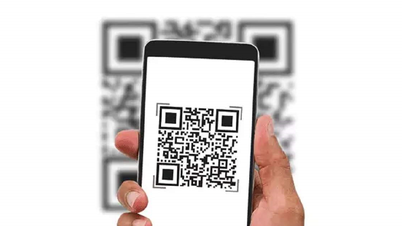
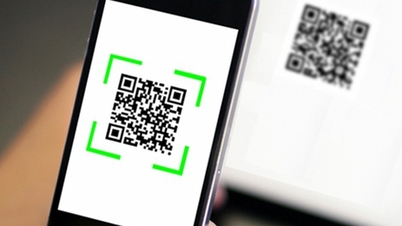




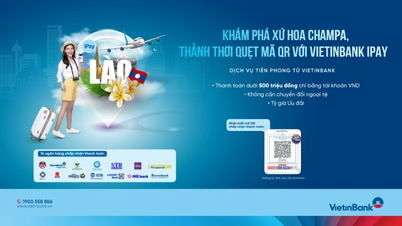
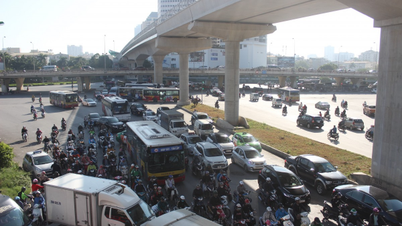









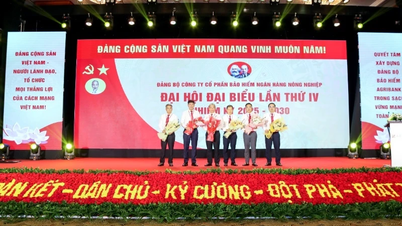
![[Photo] Prime Minister Pham Minh Chinh starts construction of vital highway through Thai Binh and Nam Dinh](https://vphoto.vietnam.vn/thumb/402x226/vietnam/resource/IMAGE/2025/5/12/52d98584ccea4c8dbf7c7f7484433af5)
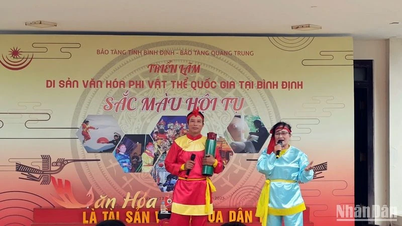

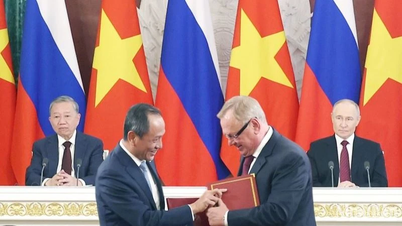
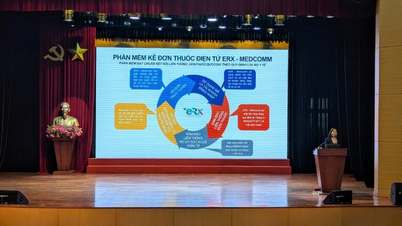

![[Photo] General Secretary To Lam meets and expresses gratitude to Vietnam's Belarusian friends](https://vphoto.vietnam.vn/thumb/1200x675/vietnam/resource/IMAGE/2025/5/11/c515ee2054c54a87aa8a7cb520f2fa6e)















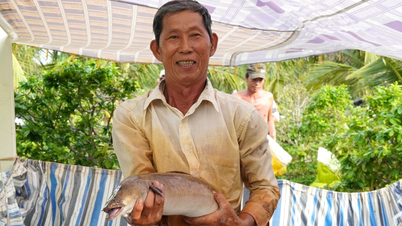

















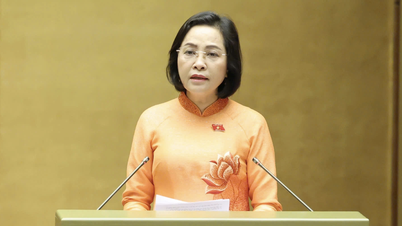






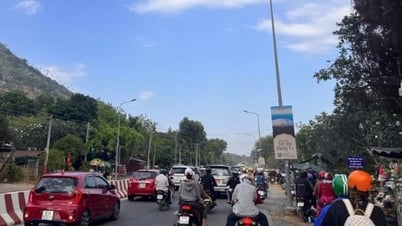






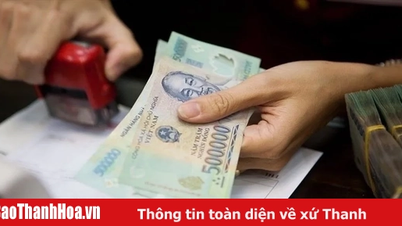




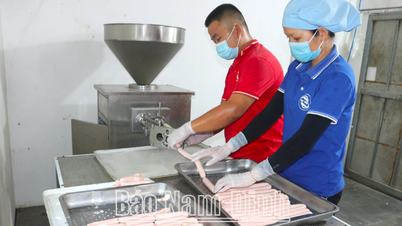



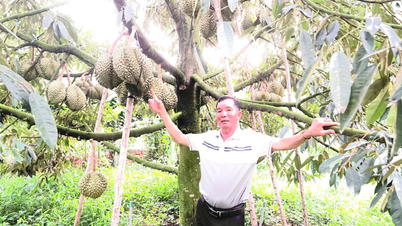





Comment (0)